The Importance of Source Segregation –
Source Segregation in India is an important factor we need to promote and execute for waste management in all the areas to get the least landfill in the coming years.
Waste segregation is divided into two – bio-degradable and non-bio degradable wastes.
Bio-degradable wastes – fruits, vegetables, flowers, grasses, leaves and wood or pencil shavings.
non-bio degradable wastes – we have paper, plastics, glass, metal, tetra packs and aluminum foil.
But If the waste is not segregated properly, all the waste will mix up and dump in the landfill and
And there is lot of chance for methane gas to generate which is very harmful and dangerous for humans, if the waste is not segregated properly.
Source Separation starts from the Kitchen
• Source Separation of waste is the best way to recycle. Relies on separation where the waste is produced instead of trying to separate it out later
• Rather start with the food waste and then move onto other waste streams instead of the other way around
• Low-cost sorting method which is an easy way to implement.
The Benefits of Source Seggregation
- Clean Bins
- Extract Energy – Anaerobic Digestion
- Recover nutrients to enrich soils
- Save landfill space
- Compost can be used for soil erosion prevention, land rehabilitation, grow food
- Control generating of Methane
- Less space occupies for landfills
- Makes recycling easier in more hygienic way for staff
- control bad odours
Solid waste includes domestic and commercial waste, industrial waste, hospital waste, e-waste and construction debris.
Waste segregation –
It is divides waste into dry and wet. Dry waste includes wood and related products, metals and glass. Wet waste typically refers to organic waste usually generated by food.
i) Domestic and commercial waste – Compostable, recyclable ii) Industrial waste – non-hazardous and hazardous iii) Hospital/biomedical waste – non-hazardous and hazardous iv) E-waste – recyclable and non-recyclable v) Construction debris – reusable as building material
About food waste –
FOOD WASTE is composed of raw or cooked food materials and includes food loss before, during or after meal preparation in the household, as well as food discarded in the process of manufacturing, distribution, retail and food service activities.

What should go in the Green Bin
- Fruits and Vegetables
- Tea Bags and Coffee Grounds
- Meat Trimmings and Bones, fish products
- Bread, Cake Waste, cereals, rice
- Dairy Waste (milk, cheese etc)
- Egg shells
- Sea food and shells
- Diapers and sanitary products
- Animal waste, bedding, cat liter
- House plants including soil
- Paper – Soiled
- Food Packing, Icecream containers, popcorn, flower and sugar bags
- Tissues, napkins, paper towels which are not soiled with chemicals

What Should go in Blue Bin
Packaging –
- Plastic or foil Bags / wraps / trays
- Outer Packaging
- Foam polystyrene
- Plastic food Containers
- Glasses, jars, cans
- Hot drink cups, lids,sleeves
- retail shopping bags
General Garbage –
- Baby wipes, Make up pads, cotton tipped swabs, dental floss
- Hair, wax, feathers, wooden pieces, glass pieces, cigarette puff, wine corks
- vaccum bags and BBQ ashes
Medical Garbage –
- clothes and plastic Bandages
- Gauzes & Tubes
Segregated collection of food waste

All food waste should be separated from general waste and storage in specific containers and/or bins. And this separation prevents other waste streams from being contaminated, making it easier to recycle all streams (cardboard, plastics, food, etc.).

Food waste must be stored appropriately in accordance with food hygiene principles and food safety guidance prior to collection, particularly if containers need to be stored in outdoor areas. Ideally this would be away from the immediate kitchen area.

Containers should not be overfilled and should be regularly cleaned in order to minimise the potential for spills, which may be a slipping hazard as well as causing odour

Staff should be aware of food waste systems and procedures. The importance of not contaminating food waste with other waste should be fully understood by all staff.
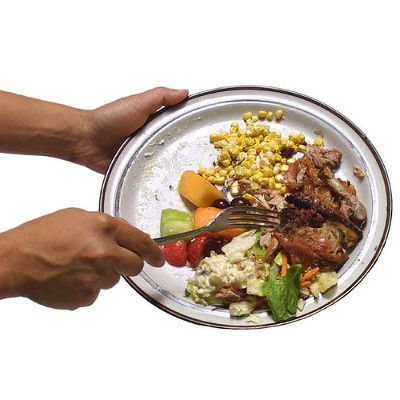
Working systems should specify that plates, pots, trays and utensils are scraped clean prior to putting them in the sink or dishwasher, and the scrapings placed in the food waste storage bin or other system used to capture food for treatment.

All sinks used for cleaning equipment associated with food preparation, serving and plate waste should be fitted with a strainer to prevent food waste entering the drain and Waste collected in the strainer should be placed in the food waste bin ready for collection.
Finally!
Segregation of our waste is essential as the amount of waste being generated today causing immense problem. There are certain items are not Bio Degradable but can be reused or recycled in fact it is believed that a larger portion of the waste can be recycled, a part of can be converted to compost, and only a smaller portion of it is real waste that has no use and has to be discarded.

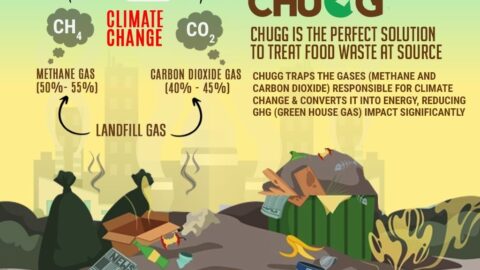
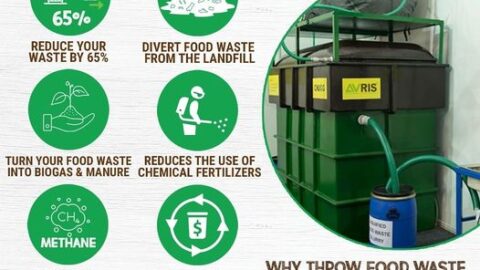
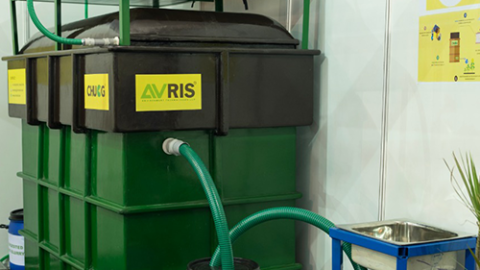

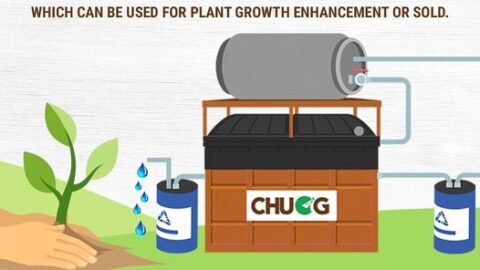
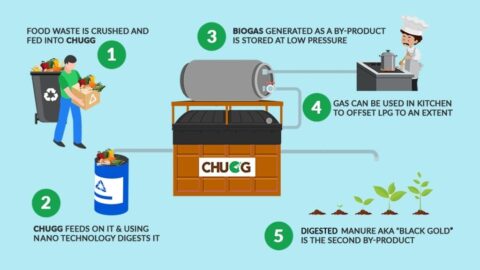
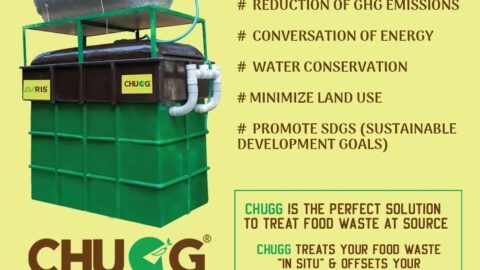
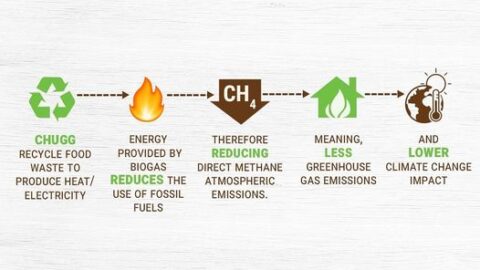
Прогоны Xrumer
Продвижение сайтов. Большой ссылочный взрыв на ваш страх и риск за.
Вы можете потерять сайт.
Почта: support@Xrumer.pro